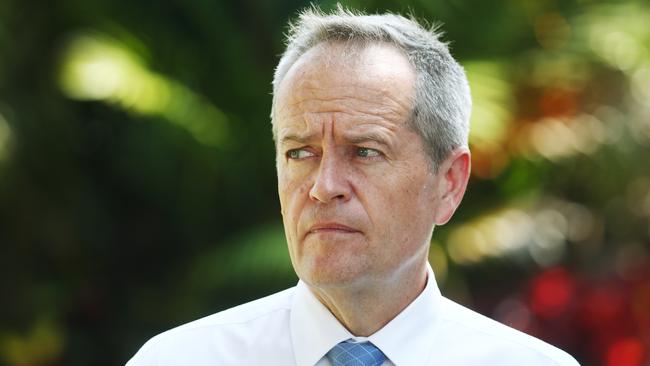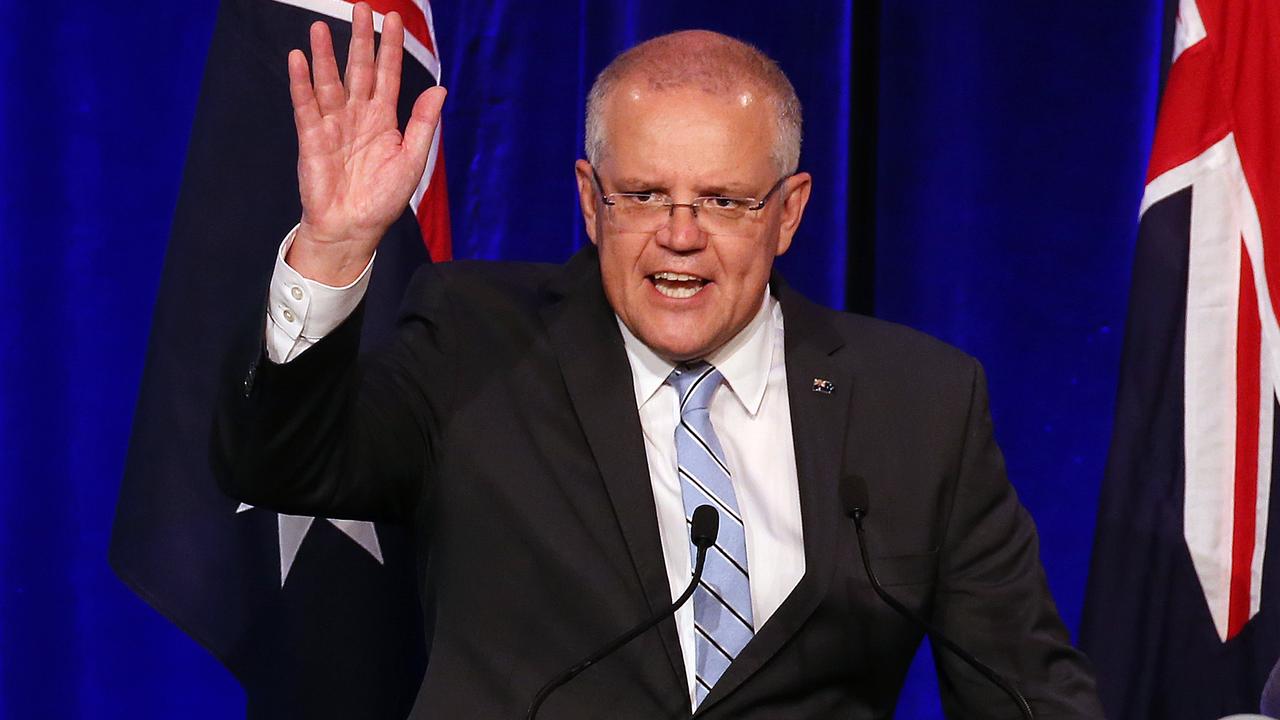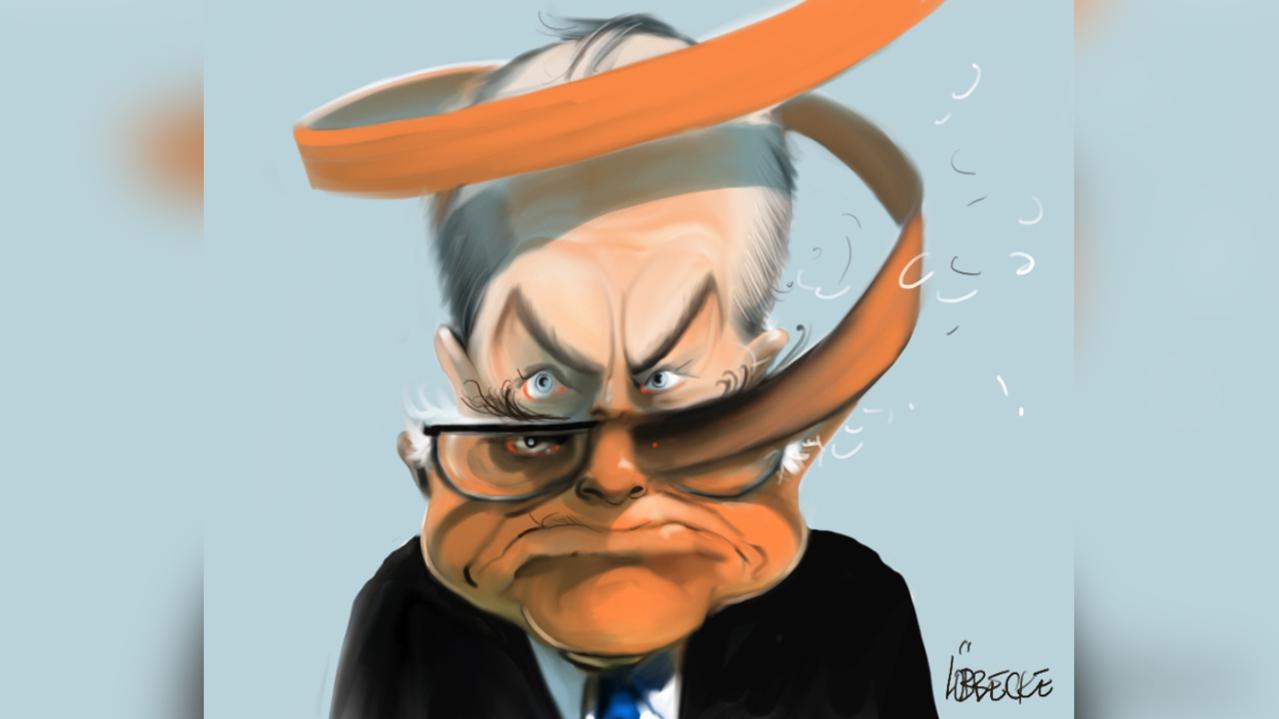Why we can’t discount possibility of a hung parliament

With the polls potentially tightening, as they so often do as we get closer to general elections, we shouldn’t discount the possibility of a hung parliament.
Much of the focus has been on the wafer-thin majority Malcolm Turnbull enjoys. Or, perhaps more accurately, endures. And hence on the likelihood that he can’t win the next election because the Coalition will surely lose some of its marginal seats, especially in Queensland for example.
However, the other side of the coin to consider is Labor. Just because the Coalition limped its way to a 76-seat team in the lower house in 2016, a majority of just one, doesn’t mean that Labor sits on the edge of lifting its seats total to a majority. Of the remaining 74 seats in the parliament, Labor won 69 at the last election, meaning it needs to pick up seven seats to secure a majority of its own at the next election.
That’s easier said than done. Labor line-ups don’t usually win elections with large numbers of seats the way the conservatives do, even when a sizeable move is in the offing. For example, Kevin Rudd’s 2007 victory only saw Labor win 83 seats, a majority of just seven.
While Labor will certainly win the election and probably with a majority all on its own if there is a move on, anything short of such large scale changes to the electoral map point to another hung parliament. Especially considering how unpopular Bill Shorten is. That factor alone could sow enough seeds of doubt to keep the contest tight.
Don’t forget, governments often win more seats than the share of the overall vote suggests they should. John Howard won a majority of seats in 1998 with just 48.9 per cent of the two party vote. Bob Hawke did it in 1990 with 49.9 per cent. Labor in opposition could win over 50 per cent of the two party vote, as the polls suggest they will, without getting to 76 seats. It’s happened before.
The redistributions around the country will see the lower house increase from 150 electorates to 151. We can comfortably give Labor the additional seat, so their real target is to claim six more seats after that and they will be helped by favourable redistributions in places like South Australia.
But if a move isn’t on, and plans to sandbag seats by Team Turnbull — such as the funding for the Great Barrier Reef announced today — come off, both parties could be left stranded short of the magic number of 76. After which, here we go again: negotiations with crossbenchers to form minority government.
Who does that favour? It’s hard to know. Presumably conservative crossbenchers would back the Coalition, but we’ve thought that before and it didn’t happen. Certainly any lower house Greens would support Labor, but would Shorten want to govern that way? Especially in a first term ...
Peter van Onselen is a professor of politics at the University of Western Australia



To join the conversation, please log in. Don't have an account? Register
Join the conversation, you are commenting as Logout